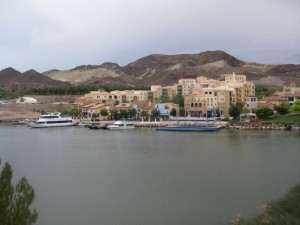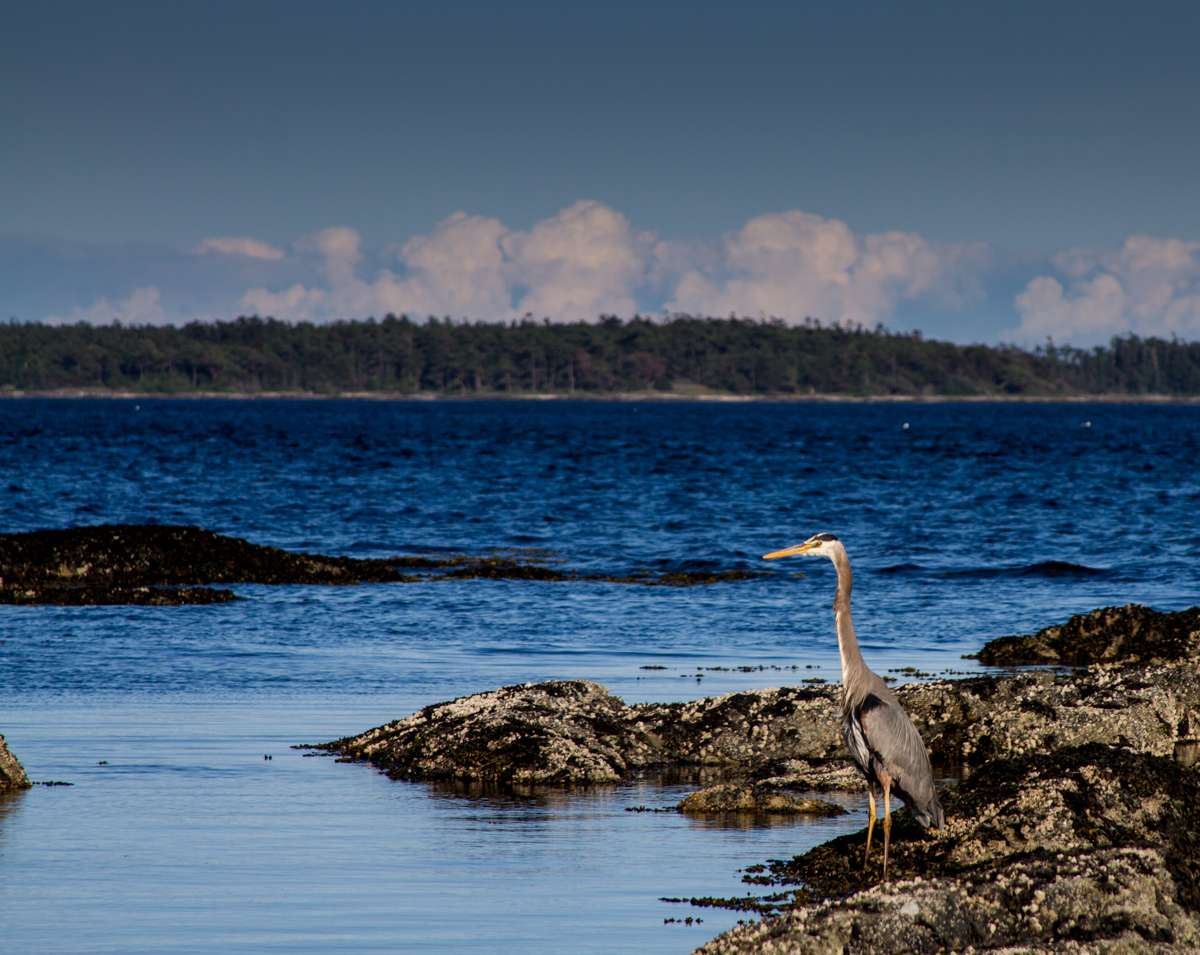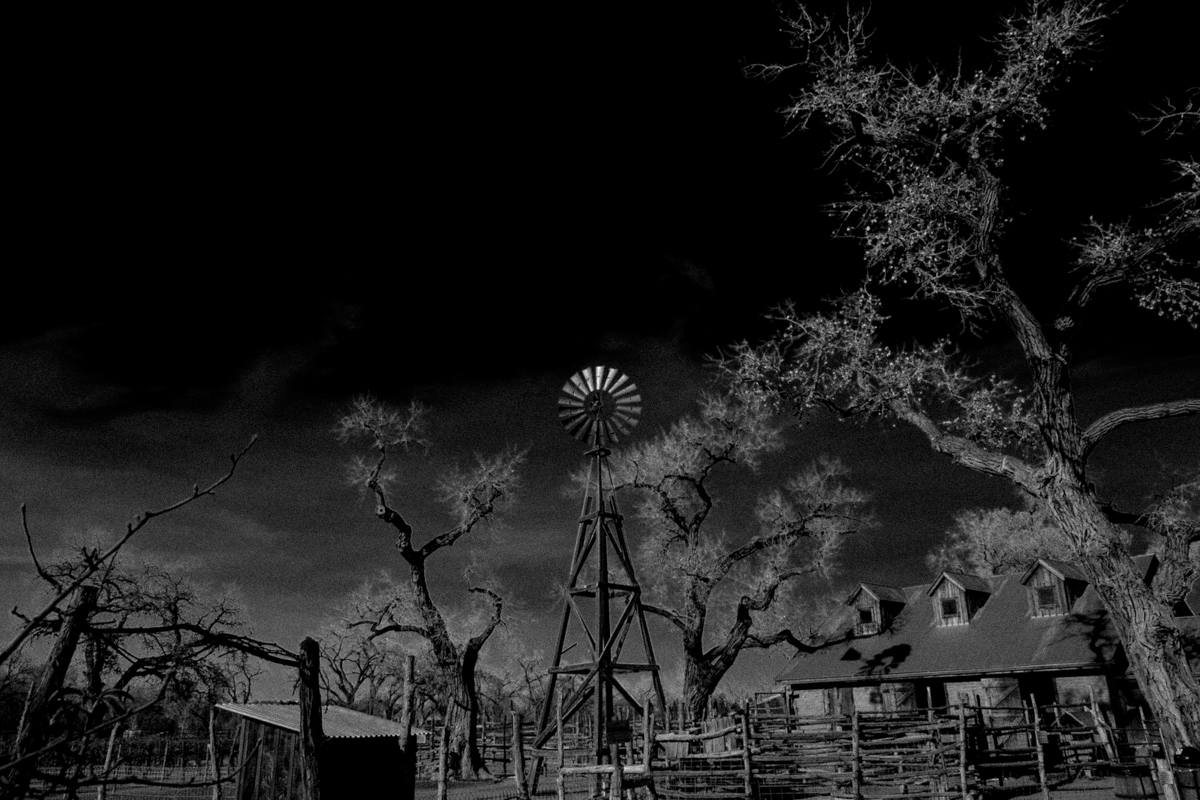A detail of the new public art, a sculpture named “Guardians” by Nora Naranjo Morse, in the park around the corner from our house:
Stuff Lauren Villagran wrote elsewhere
My colleauge Lauren Villagran, our new Las Cruces bureau, wrote in this morning’s Journal about the struggle over the future of the Gila River in New Mexico:
Should the river run wild, or be managed and controlled? Should New Mexico take the water or leave it?
In a drought, who runs out of water, and who pays?
When New Mexico was being entertained to newspaper and television coverage last year of water trucks rolling to the handful of communities that, in the midst of drought, had run out, I did a piece in the paper trying to get my arms around the folks he hadn’t run out of water. What were they doing differently?
Consider the little Fambrough Mutual Domestic Water Consumers Association, outside Hagerman in southeast New Mexico. In June 2003, the community water system’s managers made a desperate call to the state’s drought hotline. Their pump had gone dry.
A decade later, the system is running at full capacity, with no problems delivering water to its 130 customers. The difference, according to office manager Deborah Huckabee, includes new water rights and two new pumps. “We’re trying to be proactive,” Huckabee said. “We’re trying not to fail.”
Among other things, Fambrough raised rates to pay for all this. As a result, Fambrough was having a hard time getting state funding to help them, because on paper they didn’t need it. I guess given a choice, better to have water and be ineligible for state funding, right? But it raises interesting equity questions.
OtPR, back to help us think through California’s drought (have I mentioned how delighted I am that OtPR is back to help in our time of need?), raises this question as Californians look at the prospect of a dozen communities at risk of running out of water by spring:
Were it mine to do, I’d say that we, the people of the State, will help you once. Before a water truck arrives, you show us your new property tax assessment for water infrastructure that can withstand three dry years. The water trucks will arrive the day after you pass a rate structure that adequately funds your water reliability. We will not take your lack of water more seriously than you do.
Has California’s probability density function changed?
As California grapples with drought, it’s a good time to revisit Milly et al.’s 2008 Science paper Stationarity Is Dead: Whither Water Management? I’m not statistician enough to answer the question posed by the post’s title, but it’s at least worth considering, as part of the state’s policy responses to this drought on multiple time scales (both direct response this year and long term changes in response) whether we’re in a different climatological world, and what sort of response might be justified as a result. (pdf on Julio Betancourt’s site)
The world today faces the enormous, dual challenges of renewing its decaying water infrastructure and building new water infrastructure. Now is an opportune moment to update the analytic strategies used for planning such grand investments under an uncertain and changing climate.
“practicably irrigable”
I’m on the hunt for the origins of the phrase “practicably irrigable”. If anyone has any insights, please jump in on the comments. Here’s what I know:
The concept is central to water law in the western United States. The first reference I’m able to find in the U.S. legal canon is in the 1960 recommendations of Simon Rifkind, special master to the U.S. Supreme Court, in the case of Arizona v. California. Rifkind was trying to find a path to the quantification of Native American water rights:
This brings us to the question of quantity. This is sharply debated, and many conflicting views have been advanced. I have concluded that the United States effectuated the intention to provide for the future needs of the Indians by reserving sufficient water to irrigate all of the practicably irrigable lands in a Reservation and to supply related stock and domestic uses. The magnitude of the water rights created by the United States is measured by the amount of irrigable land set aside within a Reservation, not by the number of Indians inhabiting it. (emphasis added)
The court (sort of) adopted Rifkind’s thinking:
We also agree with the Master’s conclusion as to the quantity of water intended to be reserved. He found that the water was intended to satisfy the future as well as the present needs of the Indian Reservations and ruled that enough water was reserved to irrigate all the practicably irrigable acreage on the reservations. Arizona, on the other hand, contends that the quantity of water reserved should be measured by the Indians’ “reasonably foreseeable needs,” which, in fact, means by the number of Indians. How many Indians there will be and what their future needs will be can only be guessed. We have concluded, as did the Master, that the only feasible and fair way by which reserved water for the reservations can be measured is irrigable acreage. (emphasis added)
I can find no earlier references for the explicit phrase in the U.S. legal literature. But I did find this (JSTOR gated), an article by someone named William H. Wynne about Australian land development published in 1927:
In the southeast, where practically all the scanty rivers of the continent lie, there are, within the 10-inch line, vast tracts of semiarid land. But even of this only a small proportion can ever be brought within the range of irrigation; the greater part can be slowly reclaimed only through the practice and improvement of dry-farming methods. Nevertheless, the territory which is practicably irrigable and which, in consequence, may be made to support eventually a closely settled rural population engaged in market gardening, fruit-growing, mixed or dairy farming, comprises several million acres. But irrigation is costly, and, with the burden of public debt already heavy, it must of necessity proceed slowly. (emphasis added)
It’s such a weird phrase tied to such a narrow concept that I’ve got to believe there’s some dotted line connecting Wynne and Rifkind, but I can’t find it. Can you help?
Another thing I know: “practicably” is the single most difficult to pronounce word in the English language. Really. Add “irrigable”, which ain’t easy in its own right, and you create a world of flustered law professors.
California’s drought: this is a test
California’s remarkable, looming drought conditions are a test, and via OtPR we’re seeing some clues as to who will pass:
Southern California prepared for this and has a sufficient buffer that it doesn’t need to ration this year.
And how did Southern California prepare? In part by being audacious enough and rich enough, but also clever enough, to build three different rivers from three different places. Spreading ecological risk, to borrow (I hope correctly?) from William Abruzzi’s work on the early Mormon settlements of the Little Colorado River Basin and the lessons they learned from the native communities that went before them. While California itself wilts, urbanized Southern California can count on a full supply from the Colorado River this year. Different basin, different plumbing, different risk.
This has one of the key characteristics of a wicked problem. The creation of a resilient water supply in a modern society has no clear stopping point. Our desires and needs keep changing, and our supply sources keep changing. But it will be useful this year, amid the suffering, to look around and see whose planning fell short, and whose planning paid off.
Vegas: It’s easier to conserve water if you’ve been wasting a lot to begin with
Back in the 1980s, a researcher named Lawrence Hamilton (gated JSTOR paper here) studied water use and conservation behavior among the residents of 431 homes in Concord, New Hampshire. Concord’s a classic case – a slow, steady population increase putting pressure on supply that’s manageable during wet times but that became a problem in 1980, when the weather turned dry.
The Concord water department launched a “media blitz”, and water use dropped 15 percent:
The largest reductions in water use, in absolute terms, occurred in houses that had been using the most water to begin with.
Here’s how Janine Stone at Colorado State described it (pdf):
[I]ndividuals with pro-conservation beliefs generally had higher incomes and used more water than the general public. As a result, even though these individuals reduced their usage during drought, reductions were offset by these users’ high pre-shortage water consumption…. [W]ater savings depend not only upon consumers’ willingness to conserve, but also upon their ability to do so, given the amount of indoor and outdoor water already being used.
In his High Country News piece The Vegas Paradox (this might be gated, I’m not sure), Jonathan Thompson chronicles that desert metro area’s remarkable water conservation improvements:
Per capita water use has dropped to 219 gallons – 40 percent less than in 1989. Between 2002 and 2012, the Las Vegas Valley grew by more than 400,000 people and added 25,000 hotel rooms. Annual visitation rose by 5 million, and yet total annual water use dropped 29 billion gallons.
If you’ve been using a lot of water to begin with, conservation is an easier task.
Great Blue Heron
My friend Judy Liddell posted a lovely picture of a Rio Grande bosque great blue heron on her Facebook page yesterday, to which I had this comment:
I have a lot of birds for which I say “That’s my favorite bird!” But I think the great blue heron may really be my favorite, the first bird I ever got curious enough to pull out the old family bird book and figure out what it was. It was soon after Lissa and I got married, and we were in a campground on the lower Colorado River among all the RV snowbird set, and the heron was sitting on a snag in the river – seeming so regal and oblivious to the petty humans with their toys and short-term thinking. Of course that’s anthropomorphizing, but it’s my story and I’m sticking to it.
Southwest drought risk
One of the significant areas of climate research right for us in the southwestern United States involves work on modeling the large (spatially and temporally) droughts that are so significant in long term human and ecosystem dynamics. These are the ones that are not just one-year whammies, but linger for decades, like the drought of the 1950s. Such droughts drain big multi-year reservoirs and dry out the landscape in ways that are significant and lasting.
The problem, as Toby Ault and colleagues note in a new Journal of Climate paper, is that the models don’t get this right:
Instrumental and paleoclimate data indicate that natural hydroclimate fluctuations tend to be more energetic at low (multidecadal to multicentury) than at high (interannual) frequencies. State-of-the-art global climate models do not capture this characteristic of hydroclimate variability, suggesting that the models underestimate the risk of future persistent droughts.
Team Ault is developing new methodologies that integrate the model results with paleoclimate data to try to overcome this problem, and the results are not encouraging:
In the US Southwest, for instance, state-of-the-art climate model projections suggest the risk of a decade-scale megadrought in the coming century is less than 50%; our analysis suggests that the risk is at least 80%, and may be higher than 90% in certain areas. The likelihood of longer lived events (> 35 years) is between 20% and 50%, and the risk of an unprecedented 50 year megadrought is non-negligible under the most severe warming scenario (5-10%).




